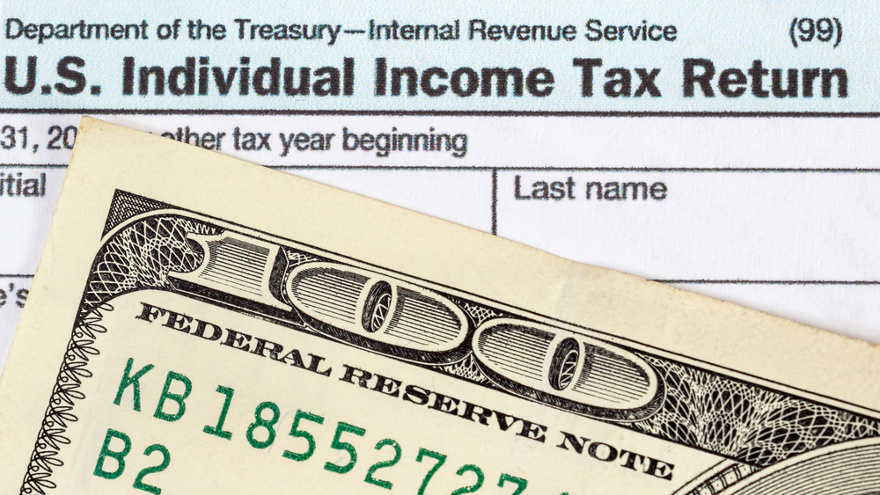IRS opens on time, reiterates dates for refund disbursement

By subscribing, you agree to receive communications from Auto Remarketing and our partners in accordance with our Privacy Policy. We may share your information with select partners and sponsors who may contact you about their products and services. You may unsubscribe at any time.
WASHINGTON, D.C. –
Now that the government shutdown has been halted until at least Feb. 15, the Internal Revenue Service announced on Monday that it successfully opened the 2019 tax-filing season as the agency started accepting and processing federal tax returns for tax year 2018.
Despite the major tax law changes made by the Tax Cuts and Jobs Act, the IRS said it was able to open this year’s tax-filing season one day earlier than the 2018 tax-filing season.
As to what’s of particular interest to buy-here, pay-here, dealers, the IRS emphasized that refunds, by law, cannot be issued before Feb. 15 for tax returns that claim the Earned Income Tax Credit or the Additional Child Tax Credit. Officials said this stipulation applies to the entire refund — even the portion not associated with the EITC and ACTC.
While the IRS said it will process the EITC and ACTC returns when received, officials indicated these refunds cannot be issued before Feb. 15.
Similar to last year, the IRS expects the earliest EITC/ACTC related refunds to actually be available in taxpayer bank accounts or on debit cards starting on Feb. 27, if they chose direct deposit and there are no other issues with the tax return.
Officials added that the tool “Where’s My Refund?” on IRS.gov and the IRS2Go mobile app remains the best way to check the status of a refund. “Where’s My Refund?” will be updated with projected deposit dates for most early EITC and ACTC refund filers on Feb. 23, so those filers will not see a refund date on “Where’s My Refund?” or through their software packages until then.
Subscribe to Auto Remarketing to stay informed and stay ahead.
By subscribing, you agree to receive communications from Auto Remarketing and our partners in accordance with our Privacy Policy. We may share your information with select partners and sponsors who may contact you about their products and services. You may unsubscribe at any time.
“The IRS, tax preparers and tax software will not have additional information on refund dates, so these filers should not contact or call about refunds before the end of February,” officials said.
The agency reiterated this law was changed to give the IRS more time to detect and prevent fraud. Even with the EITC and ACTC refunds and the additional security safeguards, the IRS still expects to issue more than nine out of 10 refunds in less than 21 days.
“However, it’s possible a particular tax return may require additional review, and a refund could take longer,” officials said. “Even so, taxpayers and tax return preparers should file when they’re ready. For those who usually file early in the year and are ready to file a complete and accurate return, there is no need to wait to file.”
More than 150 million individual tax returns for the 2018 tax year are expected to be filed, with the vast majority of those coming before the April tax deadline. Through mid-day Monday, the IRS had already received several million tax returns during the busy opening hours.
“I am extremely proud of the entire IRS workforce. The dedicated IRS employees have worked tirelessly to successfully implement the biggest tax law changes in 30 years and launch tax season for the nation,” IRS commissioner Chuck Rettig said.
“Although we face various near- and longer-term challenges, our employees are committed to doing everything we can to help taxpayers and get refunds out quickly,” Rettig continued.
Following the government shutdown, the IRS is working to promptly resume normal operations.
“The IRS will be doing everything it can to have a smooth filing season,” Rettig said. “Taxpayers can minimize errors and speed refunds by using e-file and IRS Free File along with direct deposit.”
The filing deadline to submit 2018 tax returns is April 15 for most taxpayers. Because of the Patriots’ Day holiday on April 15 in Maine and Massachusetts and the Emancipation Day holiday on April 16 in the District of Columbia, taxpayers who live in Maine or Massachusetts have until April 17 to file their returns.
The IRS expects about 90 percent of returns to be filed electronically.
“Choosing e-file and direct deposit remains the fastest and safest way to file an accurate income tax return and receive a refund,” officials said.


